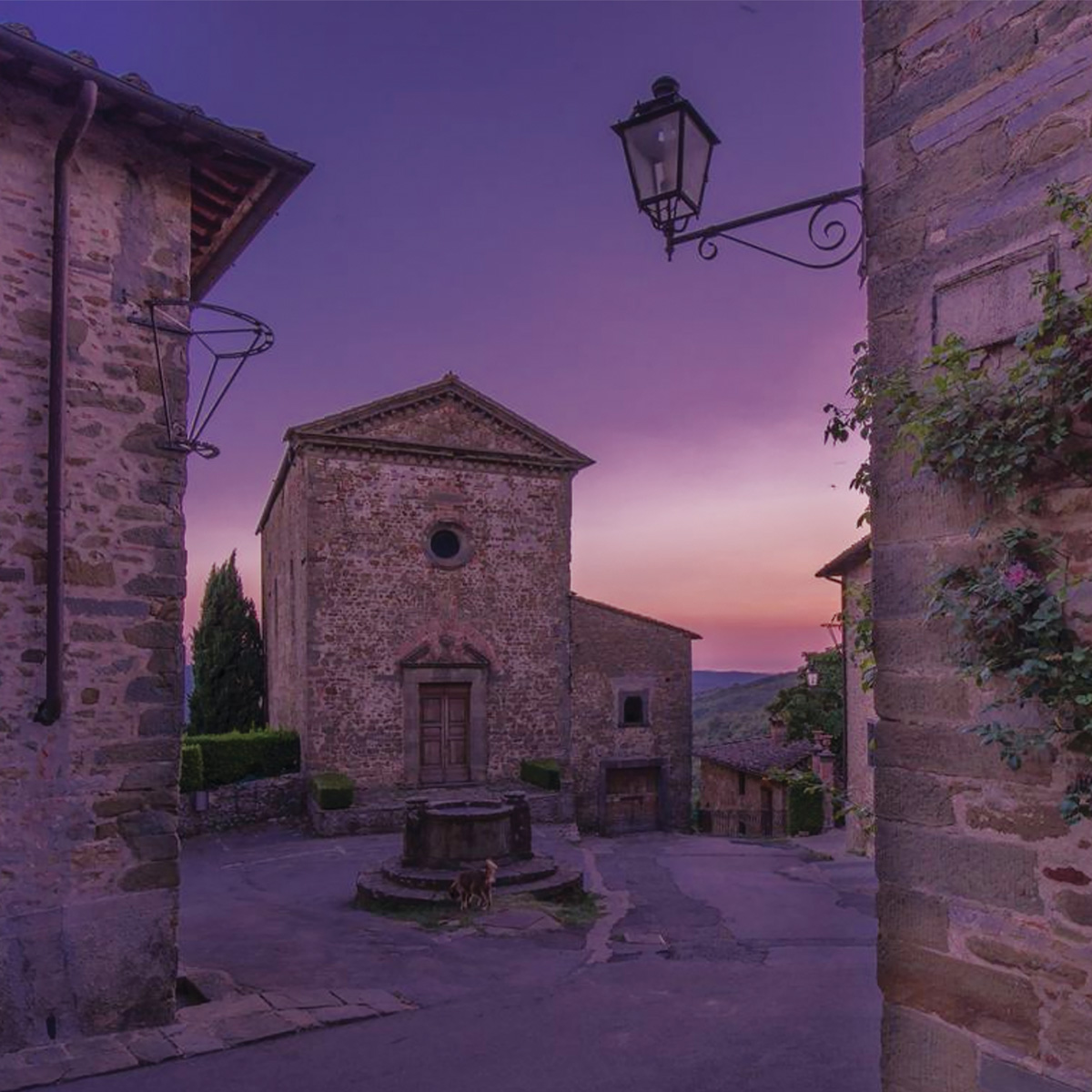Castello di Volpaia Story


Castello di Volpaia is located in an 11th century village that bears the same name. It sits on a hilltop just north of the town of Radda in Chianti, 2,024 feet above sea level in the heart of the Chianti Classico region. One of the most historical wineries of the region, Volpaia is owned by the Mascheroni Stianti family and benefits from some of the highest altitude southern exposure vineyards of the area, delivering certified organic Sangiovese-based wines of finesse and elegance with a terroir approach. Wines are made with 100% certified organic grapes and one of the highest-elevation wineries in the Chianti area.


History
Castello di Volpaia is located in an 11th century village that bears the same name. It sits on a hilltop just north of the town of Radda in Chianti, 2,024 feet above sea level, in the heart of the Chianti Classico region...


Vineyards
One of the highest-elevation wineries in Chianti Classico, Castello di Volpaia owns 46 hectares (114 acres) of vineyards, which are situated at 450 to 650 meters (1,300 to 2,130 feet) on the southern hillsides leading up...


Winemaking
The winemaking facilities at Volpaia are a modern marvel. To protect the multiple historical buildings that house the winemaking facilities, state-of-the-art production equipment had to be installed by removing the roofs...
Biographies

Tuscany
One of Italy’s most renowned wine regions, Tuscany is celebrated for its diverse climate, from rolling hills to the coastline, creating ideal conditions for Sangiovese.
With a winemaking heritage spanning centuries, it produces iconic reds like Chianti and Brunello di Montalcino, along with vibrant whites like Vermentino.



